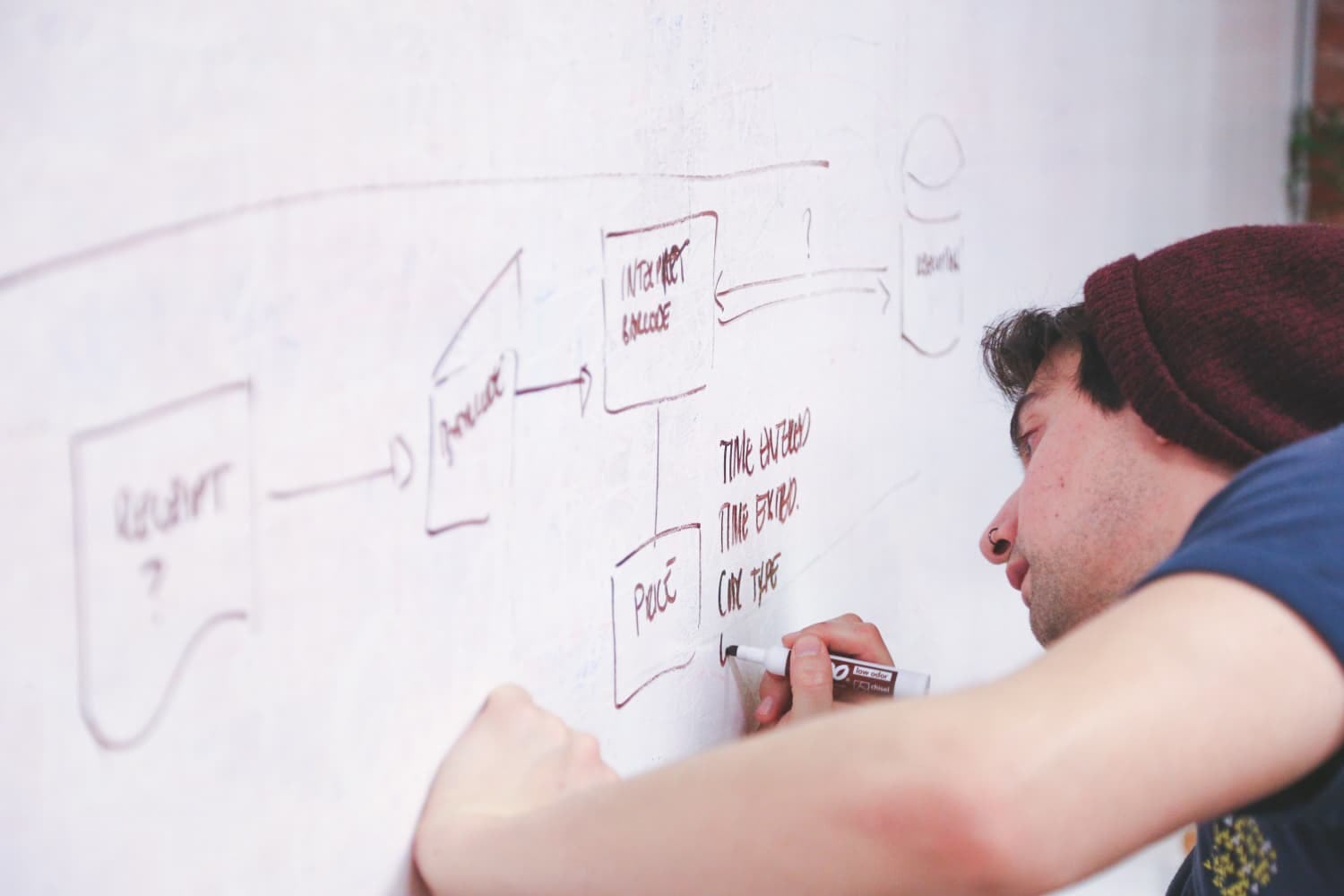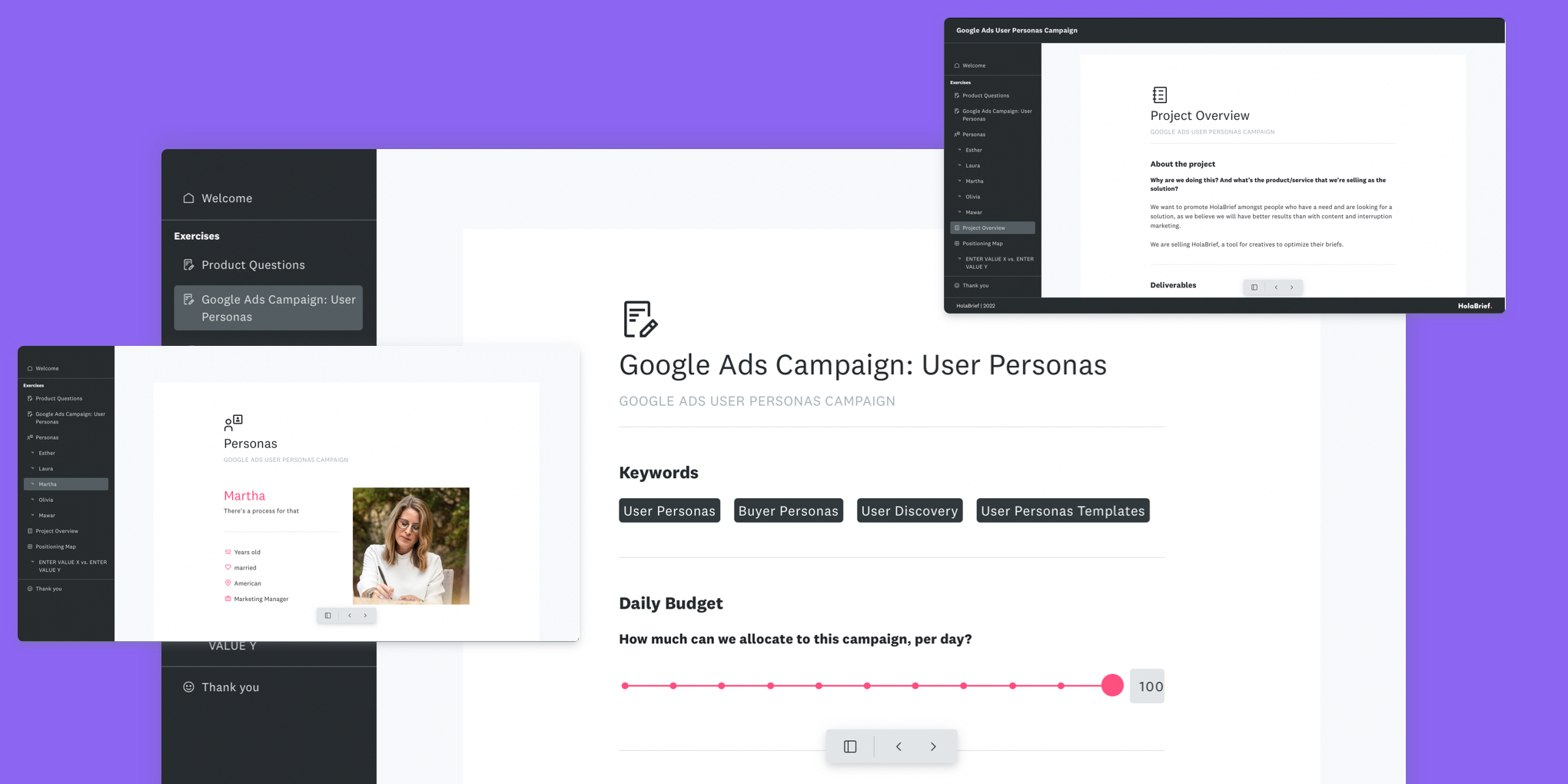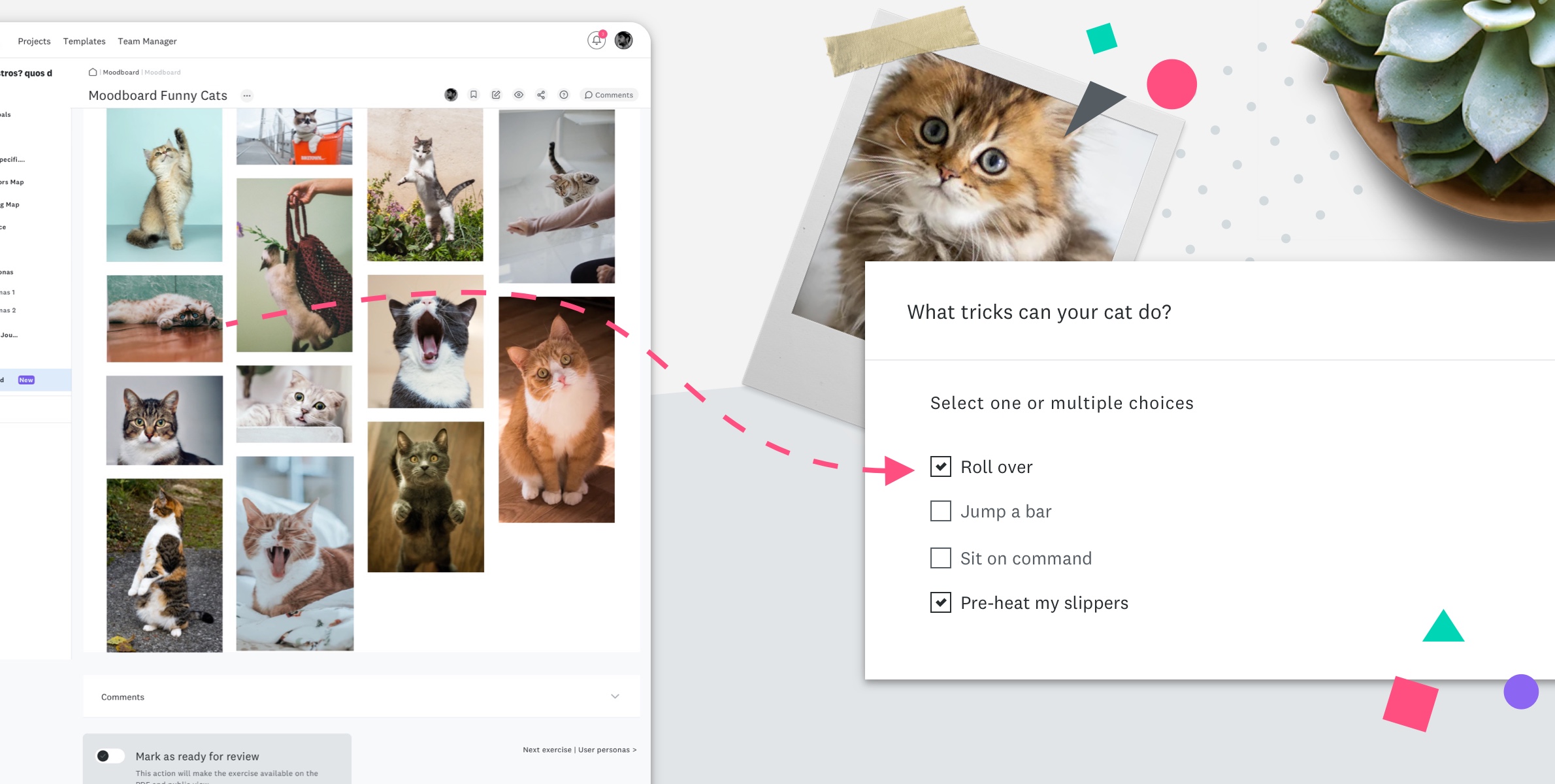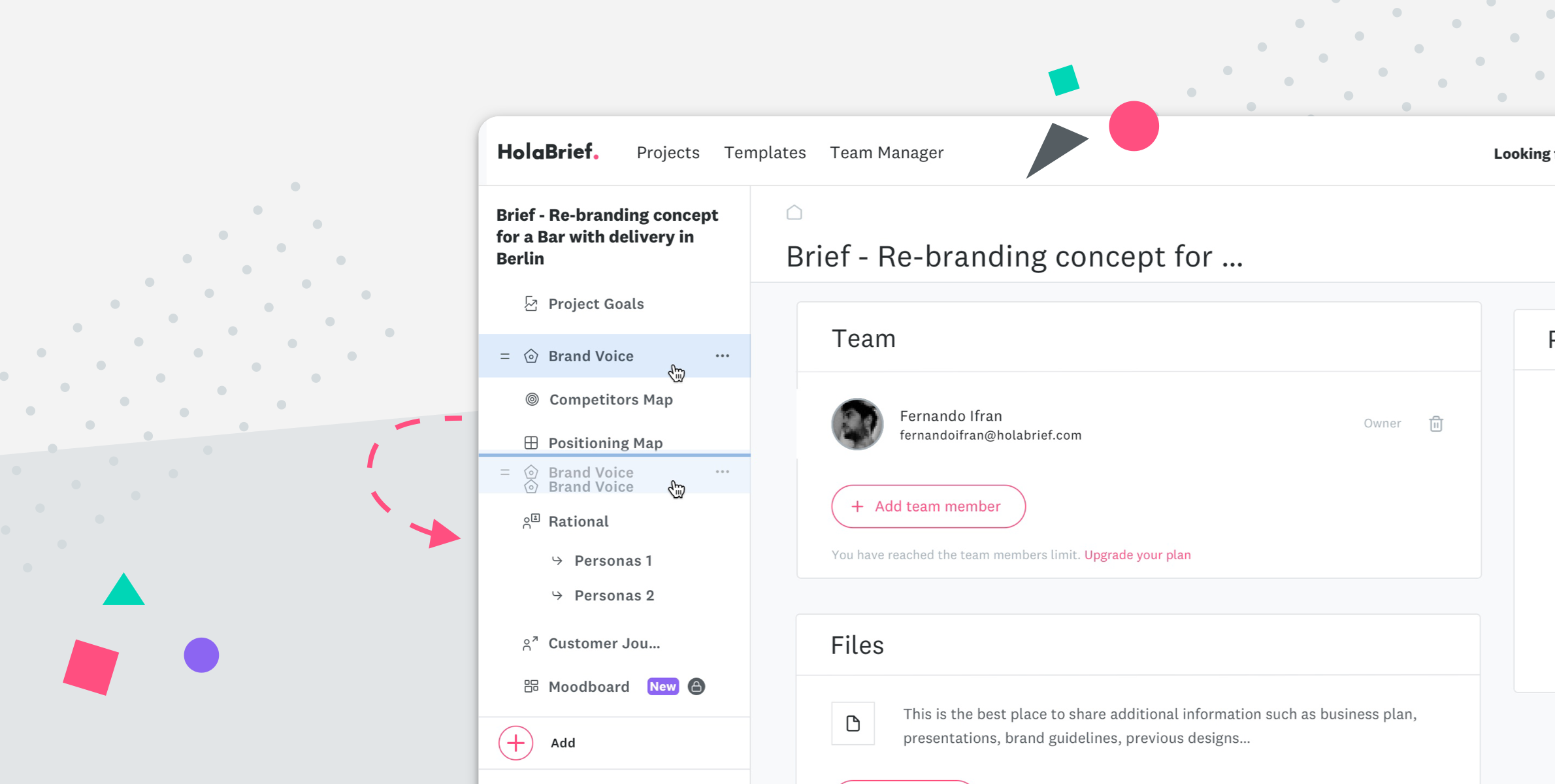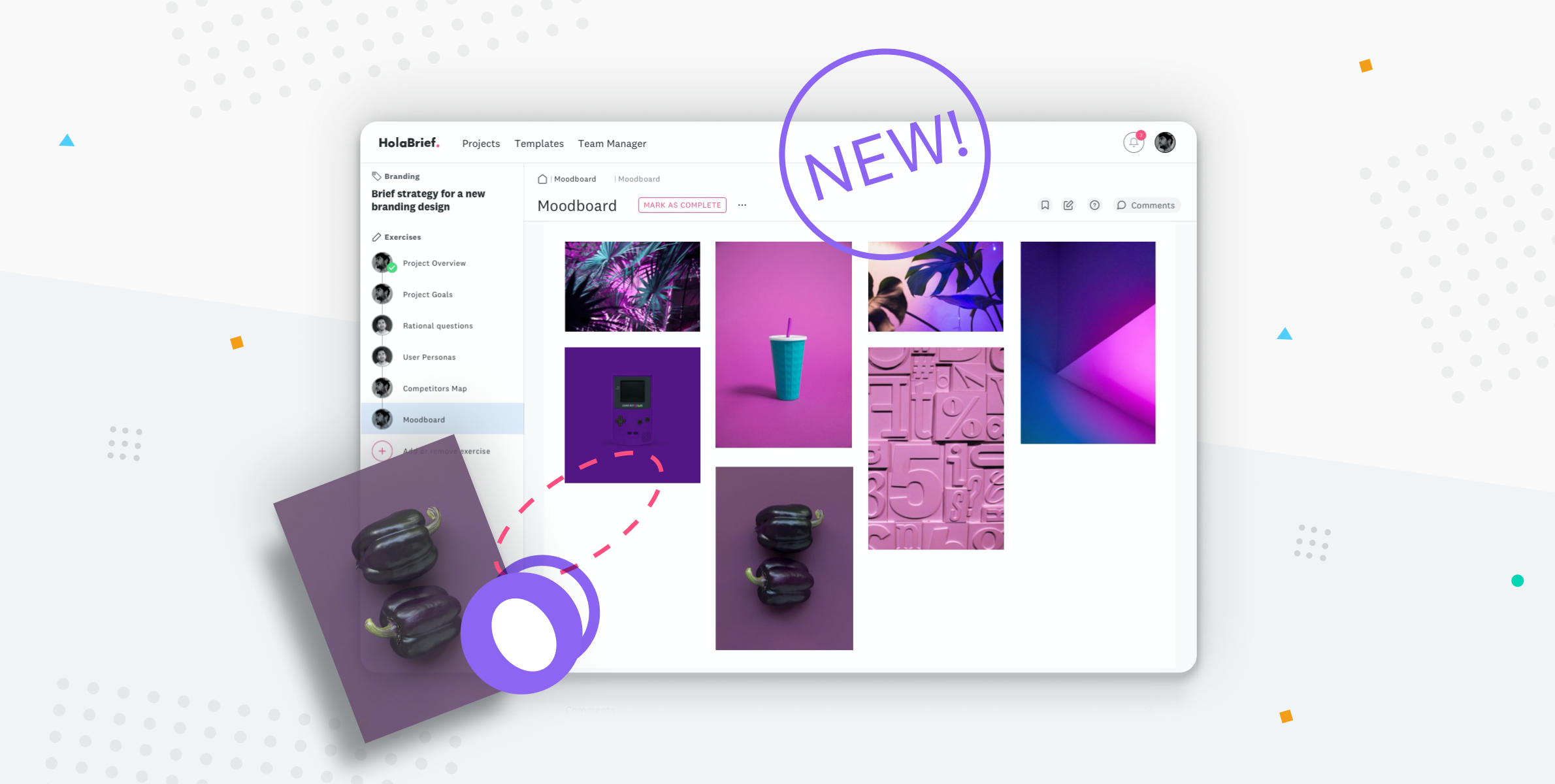It is time to finally put in the work to become a creative agency that can scale beyond you and can operate effortlessly without your direct operational contributions.
What are Agency Processes?
No matter if we enter a Mcdonald's abroad or around the corner from where we live, we know what to expect. They have a recognizable brand and a defined experience. What these franchises might lack in originality, they make up for with clearly defined processes. They can grow without compromising the end product.
I fear not the man who has practiced ten thousand kicks once, but I fear the man who has practiced one kick ten thousand times. – Bruce Lee
It’s easy to see that agency processes bring organization and productivity. From defining how to onboard your clients step by step, how to hire employees, how to seamlessly move through the creative process with an aligned team, to offboarding clients who are happy with the work delivered and refer you to other high-quality clients.
Without standardized agency processes, your business is as good as dead. So give it a priority!
Benefits of Standardizing Workflows
The easiest path would be continuing to run your business as you were doing before. But easy does not mean it’s worth your while.
Standardizing your agency workflows takes time, energy, and a lot of work, but it pays off in the long run. Shifting from goal-based to system-based thinking is your ticket to unlocking exponential growth.
A few more benefits of standardizing your workflows:
- Save Time: Say goodbye to endless feedback loops, back-and-forth emails, or spending too much time creating custom proposals. A standardized agency creates proposals and completes deliverables with ease while spending its precious time on what makes them stand out.
- Hold Everyone Accountable: When standardizing your agency’s processes you’ll also have to assign roles and responsibilities which in turn helps to create accountability. You’ll be able to track who’s in charge of what to make sure deadlines are being kept.
- Increase Efficiency: Creating process documents for setting up creative briefs, timekeeping, storing files, timekeeping, and communicating with clients and feedback rounds will help to prevent overlapping efforts, missing files, and lost messages, increasing your agency’s efficiency.
- Easier Transfer of Business Knowledge: If you learn how to document business processes within your agency you will also empower easy transfer of business knowledge. It will be easier for team members to step in when someone calls in sick, is on holiday leave, or quits the agency all while keeping processes streamlined and deadlines kept.
- Increase the Opportunities to Improve: While documenting your agency’s processes is no mean feat, it does open up the opportunity to see where improvement is necessary. You’ll have a clear overview of duplicative work, unnecessary reviews, or redundant tools you are paying for. It’s important to check in once in a while to see if everything your agency is doing is still necessary.
Creative Agencies that Can Implement This Procedure
Still wondering if developing and documenting your agency’s processes is a must? Let’s have a look at how different types of creative agencies can benefit from these procedures.
All these types of agencies have their niche and specific deliverables which you can also learn from to get serious about systemizing your business.
Marketing and Advertising Agencies
An advertising or marketing agency workflow is being put to the test these days. New challenges are presented as quickly as the industry is evolving. Deadlines are getting tighter each day, creatives get overworked and several projects have to be managed at once to keep revenue flowing.
Luckily though there is a solution for tackling these issues: streamlined agency processes.
Brand Strategy Agencies
For both big and small brand strategy agencies, well-documented processes for client interactions are a must. Poorly managed clients can lead to frustrations and dissatisfaction. And who likes to see a high-quality client leave?
From client intake to client onboarding, client discovery workshops, and client meetings, well-documented processes for each step of the client experience will enable you to manage uncertainty, provide clarity and deliver consistent and predictable outcomes your clients are excited about.
SEO and Content Agencies
Streamlined onboarding processes for new employees or external collaborators are especially important for SEO or Content Agencies that might work together with plenty of freelancers.
Standardized onboarding workflows tackle the high levels of churn that happens in the early stages of a new employee’s lifecycle.
5 Steps to Implement an Efficient Process
Now that we’ve covered the fact that each agency can benefit from optimized agency processes it’s time to put in the work. Because even if you have a skilled and experienced team with the most innovative ideas, they aren’t worth anything if they cannot deliver on time and respect the budget.
Let’s begin.
Step #1 - Define Your Objective and Business Goals
Where do you see yourself 3, 5, or 10 years from now? What are your most important values and mission? What are your goals and objectives?
The processes you want to develop will ultimately define your agency. So it’s only right that the processes you want to focus on are aligned with your agency's vision. For example, if your agency sells brand strategy workshops for new businesses, you’ll need to standardize your workshop workflows.
However, how can you find out which processes need to be prioritized to meet your business objectives? Having your most important KPIs in place to measure and track your results shows you if processes are up-to-date and no valuable resources are being wasted.
Step #2 - Map Out Your Current Workflow
Mapping your current workflow should be a collaborative and introspective activity and could even be done during a mapping workshop with your team. This will create ownership early on.
A workflow map visually documents the actions that your team follows to achieve something. This can be recruiting, project management, client intake, client onboarding, creative brief setup process, the creative process, etc. It should identify bottlenecks, and potential improvements in the current processes or show what is working well or needs to be changed.
The maps created can be used when talking to team members or decision-makers and have everyone aligned on current process flows.
Step #3 - Study Other Successful Process Flows
The third step is to map what’s accepted as standard process flows in the industry you work in. These can then be used to compare with your current process flows. Are they similar? Or are they very different? And what is the reason they are so very different?
If your current processes deviate significantly from standard practices, you should consider the reason why and change it if necessary.
Step #4 - Build Your Own Based on Research and Experience
Having analyzed current and industry-standard process flows, now it’s time to build your own. Similar to the first step, now too it’s important to have each department set up their processes together, informed by well-defined goals and built on the research you conducted.
Get the creative team to document the adjusted creative workflows after analyzing what works and what does not. This makes sure there is consistency in your creative output. Not to mention the head start it gives new hires in the creative process.
Step #5 - Define Roles and Responsibilities
Now that your agency processes are defined, it’s time to decide who is responsible for what part of the process. Who is involved, who is in charge and who reports to whom?
As a founder, you must learn to delegate and pass some responsibilities to someone eager to prove themselves. The more you can share the responsibility for growth, the more you can put your team in a position to play a part in their success and contribute to the growth of your agency in a significant way.
So don’t hesitate to put team members in charge and give them ways to grow into leaders and contributors.
When roles and responsibilities are defined, you can feel confident in scaling your agency, knowing your team (and new hires!) can handle their tasks predictably.
Step #6 - Document Everything
The result of this process should be to build documents and templates (also known as standard operating procedures SOP) that your whole team can access. Their objective is to serve as a guide for new hires so that they know exactly what needs to be done, step by step.
Process documentation should be an internal living document that eliminates confusion and creates alignment.
Be sure to include the following elements:
- Title page: Name of the process.
- Table of contents: Use it when your document is long.
- The process or procedure: Provide clear instructions, with necessary details. Include the scope, terminology, responsibilities, and a flowchart or checklist. (We’ll get into more detail about the different types of process documents below).
Step #7 - Set up Review Meeting and Improve
It’s paramount you approach process documentation and standardization as an ongoing activity within your agency. How you can prioritize this is to set aside time each month to review existing processes, improve them and document everything.
Whenever you hire a new person, develop a new service, or open up a new department: document its workflow. Make sure your entire team shares this improvement mentality and together nurtures strong processes.
Documentation Procedures Examples
When creating your process documents, it’s important to use a format or procedure based on your usage. There are two types of documentation procedures:
1. Hierarchical checklist
This type of process document is a bulleted or numbered checklist with specific sub-steps. A checklist might not sound glamorous, though it allows one to focus on more important tasks than remembering each step of the process.
Whether you are going through the sales process, content publishing process, or employee onboarding process, a hierarchical checklist helps you do it better, more efficiently, and thoroughly.
2. Process Flowchart
Pictures are worth a thousand words. So instead of describing each step in a checklist, you might want to consider presenting it in the form of a flowchart to help the reader digest the information.
Process flowcharts are visual diagrams that show a chain of the different steps of a process and the decisions needed to make that process work. Within this chain, every step is indicated by a shape. These shapes are then connected with arrows and lines to visually show the direction of the process. Each shape has a specific meaning:
- Rectangle: Represents a process
- Oval: Represents start or end
- Diamond: Represents a decision
- Parallelogram: Represents an input or output
Some process flowcharts feature yes/no scenarios, providing action items depending on the reader’s response.
Document Procedures Template
Document Procedures are what help your agency grow and scale.
We created a simple Document Procedures Template which you can download here. Use it to document your agency processes and workflows and adapt it to your needs.
Closing Thoughts
Ok let’s be honest, developing and documenting your agency processes sounds boring and laborious. Some agencies incorporate it only because they think “it’s what everyone is doing”. Others avoid it completely as it’s time-consuming.
It is, however, a necessary step towards the healthy growth of your agency. It will help you manage uncertainty, align, empower your team, and provide your clients with fulfilling experiences.
It also allows for operational consistency. Because if you do not document a process, it will have to be reinvented by each new hire.
So if you decide to invest time and effort into documenting your agency processes, make it count and treat it as an asset instead of a source of frustration.

